The architecture of Swedish forests inspires Front Design’s evolving collection for Moroso
After years of research into the wilderness of Swedish forests, the design duo developed a collection with Moroso that replicates natural textures with furniture. Some of their designs have now been translated into practical seating for the home
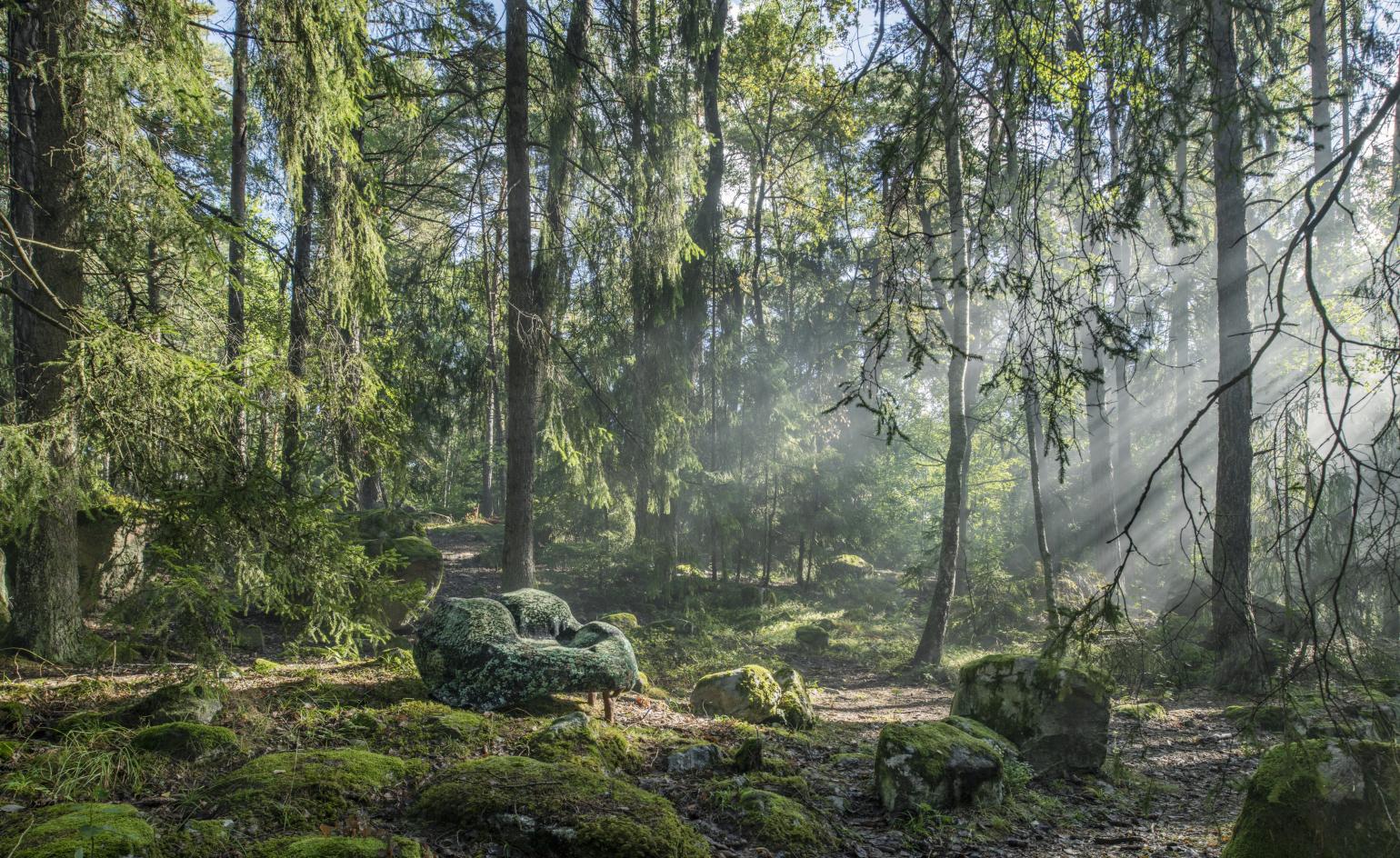
Andy Liffner - Photography
Living in Sweden, Sofia Lagerkvist and Anna Lindgren, of design studio Front, have an innate connection to the wilder side of nature. ‘Nature is always around the corner wherever you are in this country,’ the designers observe. ‘We have dramatic differences between the seasons: summer is completely light and winter is dark, and that makes you conscious of how nature affects you in a very direct way.’
Nature has been a recurring theme for Front, whose pieces often feature sculptural renditions of animals, depictions of natural phenomena and organic forms. But over the past four years, the pair have gone deeper, conducting a scientific exploration of the shapes, structures and textures found in the wild. Building an international network of scientists and researchers, and taking themselves to Swedish forests to photograph and scan the environment, Lagerkvist and Lindgren gained an understanding of the architecture of the forest and its living systems, which has, in turn, informed their most ambitious project to date – now evolved into a collection of seating that was presented at Salone del Mobile 2022.
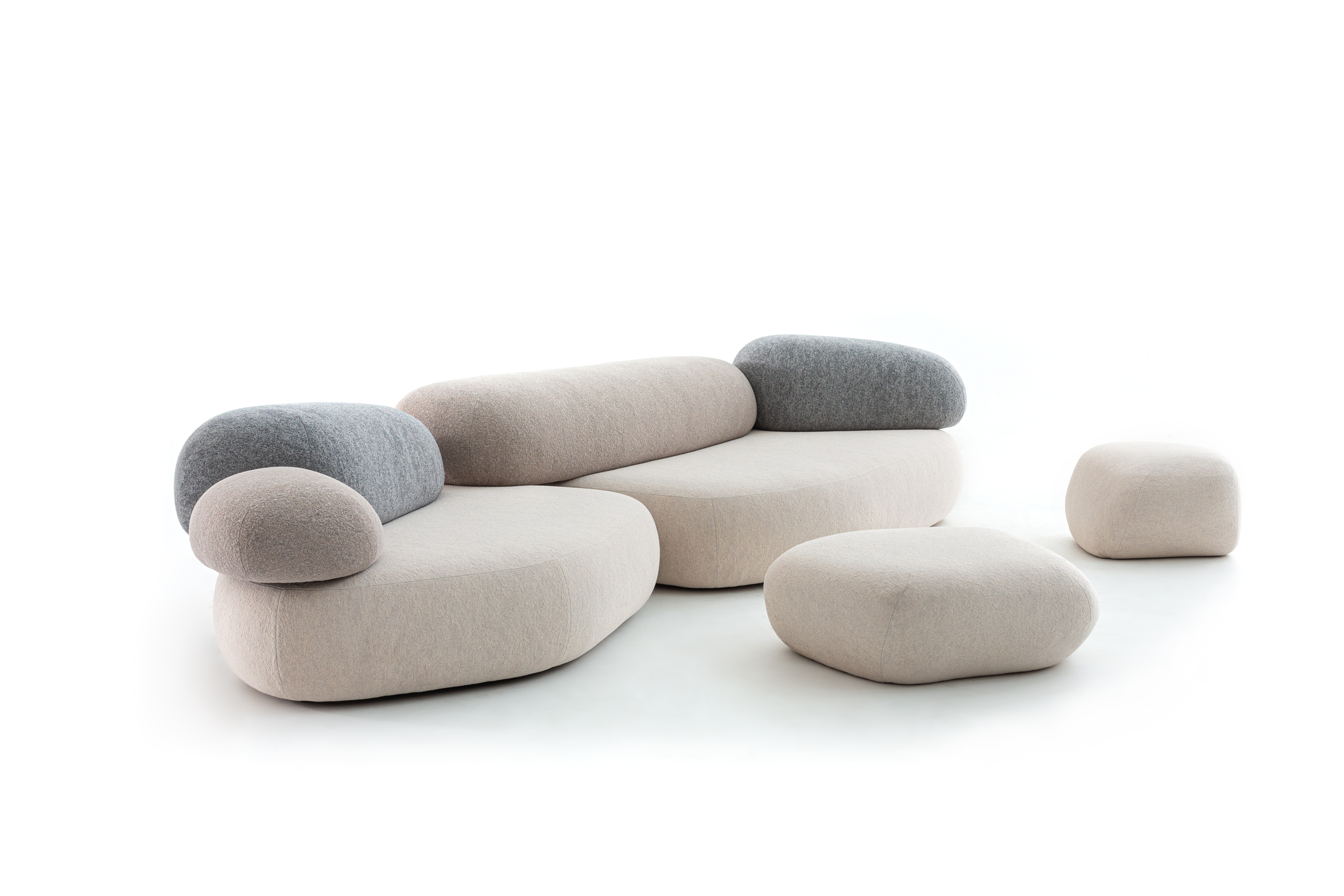
‘Pebble Rubble’, the evolution of Front and Moroso's collaboration, upholstered in Kvadrat Febrik textiles
Titled Design by Nature, the original project by Front was originally unveiled in 2020 and it includes furniture, objects and textiles directly informed by the natural phenomena the pair researched. To bring their ideas to life, they found an ideal production partner in Patrizia Moroso, a long-time collaborator and friend. Front’s inaugural series for Moroso, developed in 2008 and titled Moment, included furniture that created optical illusions. It’s a trick they want to repeat. ‘We want to interest the viewer on many different levels, and the illusion triggers the feeling of curiosity, of trying to understand what something really is and what it is made from,’ says Lagerkvist.
With Design by Nature, they take this concept to the next level. The first pieces form a series they call Nature Furniture, functioning like traditionally upholstered seating but looking like rock formations covered in patches of moss. The pair worked with Moroso to recreate natural surfaces on textiles using 3D scanning and photography. Patrizia Moroso then enlisted textile experts such as Kvadrat Febrik and Limonta to develop digitally printed fabrics, as well as jacquards and gobelins that mimic the images captured by Front.
Postcard-beautiful nature is not the most fascinating. We love the cold, rainy, raw and ugly nature
The concept was inspired by studies that demonstrate how spending time in nature has positive effects on general wellbeing, memory and creativity. ‘This idea made us wonder whether it could be possible to bring fragments of wilderness, of the natural world, directly into domestic settings. We wanted to create the feeling that someone had lifted a whole glade from a forest with a gigantic shovel and moved it to a home. The pieces try to recreate the feeling of sitting out in a forest on the mossy ground, on a cliff by a lake, or of sinking into a snowdrift,’ the designers say.
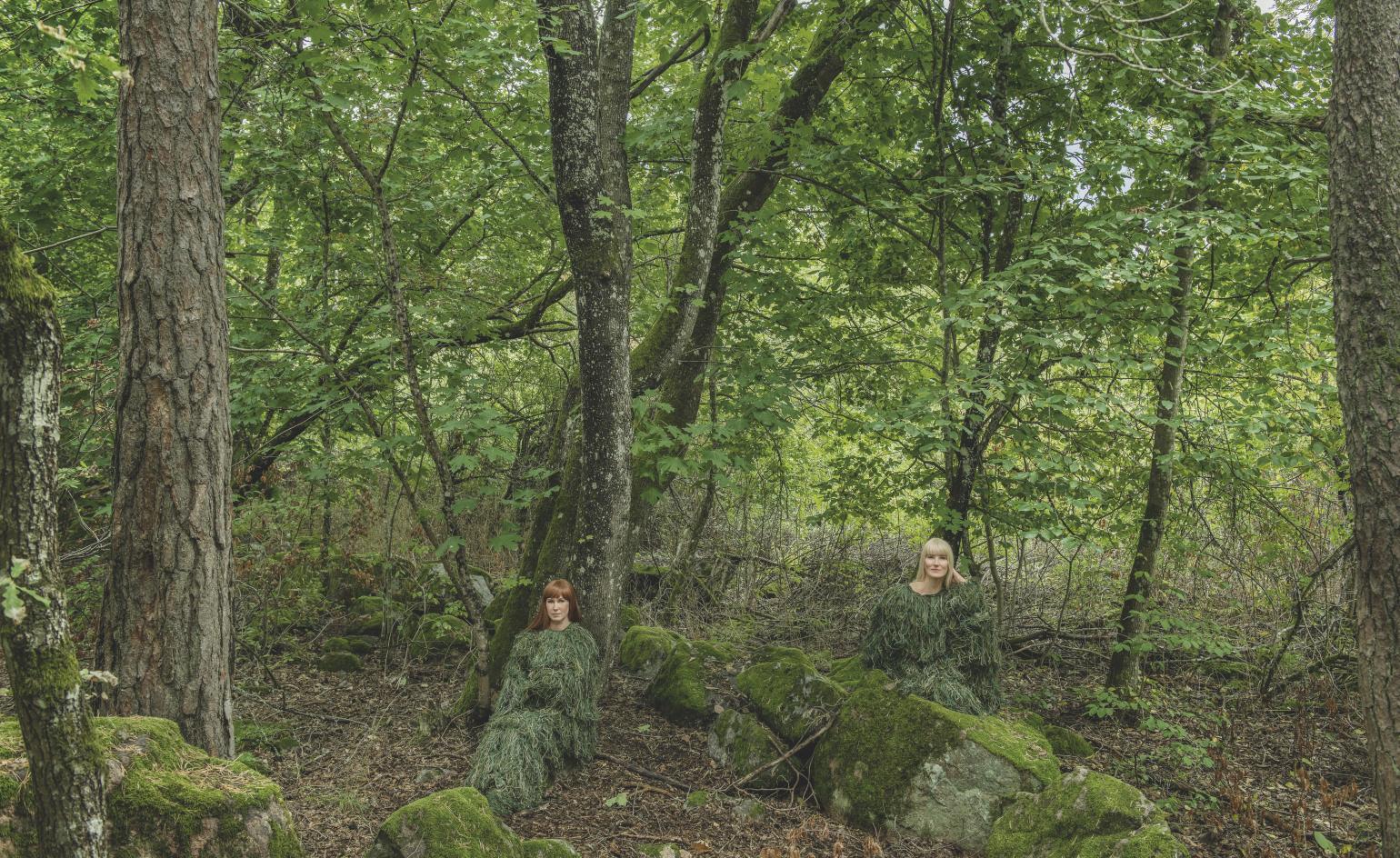
Designers Sofia Lagerkvist and Anna Lindgren
The second part of the collection is focused on animals’ own creations. Lagerkvist and Lindgren spent several summer months over the past four years exploring bears’ burrows, tree trunks cut by beavers, textures created by woodpeckers and insects, tunnels dug by rabbits and the nests of wasps and mole crickets. They scanned wolves’ and owls’ tracks on the snow, looked at single-cell amoebas, and fossilised faeces from around 200 million years ago. The designers also looked at a forest’s timeline, observing the chronology of animals taking over its spaces after a fire.
Their images, scans and illustrations show a very raw and clinical interpretation of the forest, not an idealised version. ‘Postcard-beautiful nature is not the most fascinating. We love the cold, rainy, raw and ugly nature,’ they observe. The objects that they studied were then domesticated – 3D printed and reproduced in porcelain, wood and recycled glass, and rescaled to work as side tables, vases and lighting objects.
Wallpaper* Newsletter
Receive our daily digest of inspiration, escapism and design stories from around the world direct to your inbox.
The designers’ point of view on the natural world was a definite pull for Patrizia Moroso, who became an integral part of the creative process. ‘I was familiar with this topic of nature as a creator of shapes and structures,’ says Moroso. ‘It’s not by chance that this project is called Design by Nature. It’s not an old-style, romantic concept, it’s a new scientific and technological approach, as it reproduces the organicity of a natural object with contemporary tools. Front’s work as designers is to research and find interesting phenomena, to leave them untouched, to analyse them and to faithfully reproduce them – I think this is genius.’
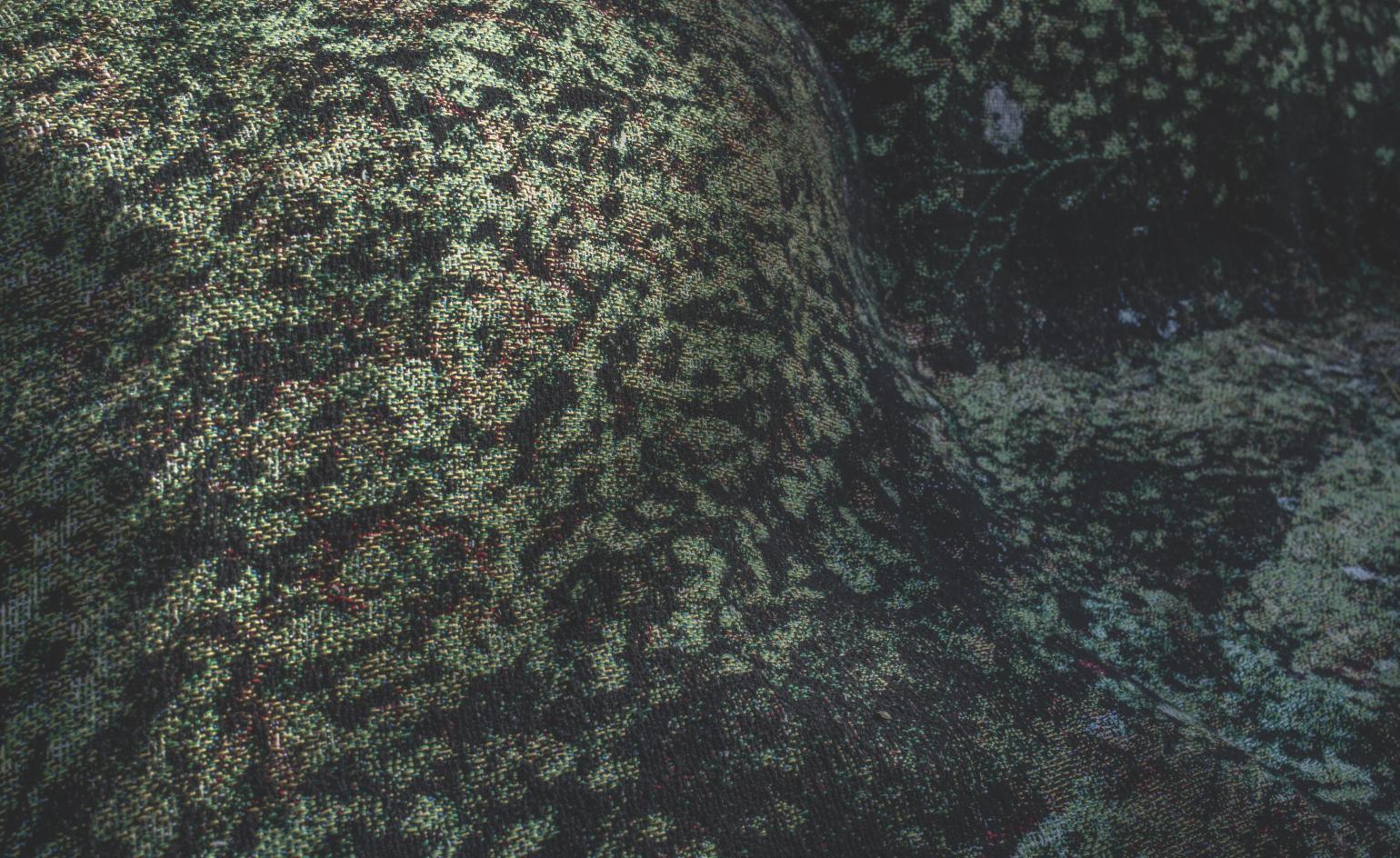
The research element of the project has perhaps been the most energising. ‘It’s been inspiring to see how designers can become connectors,’ observes Lagerkvist. Lagerkvist and Lindgren suggest that a process of research and exploration will continue to inform their work. ‘We have always loved to create projects that take a strand of research that then starts to unravel and grow in unexpected ways,’ they say.
Patrizia Moroso sums up the collection as a combination of simple forms and complex textures and surfaces that together can recreate the complexity of nature in the eye of the viewer. ‘It’s an interplay between design and nature that is very important in these times,’ she says. ‘We have so much to learn from nature.’
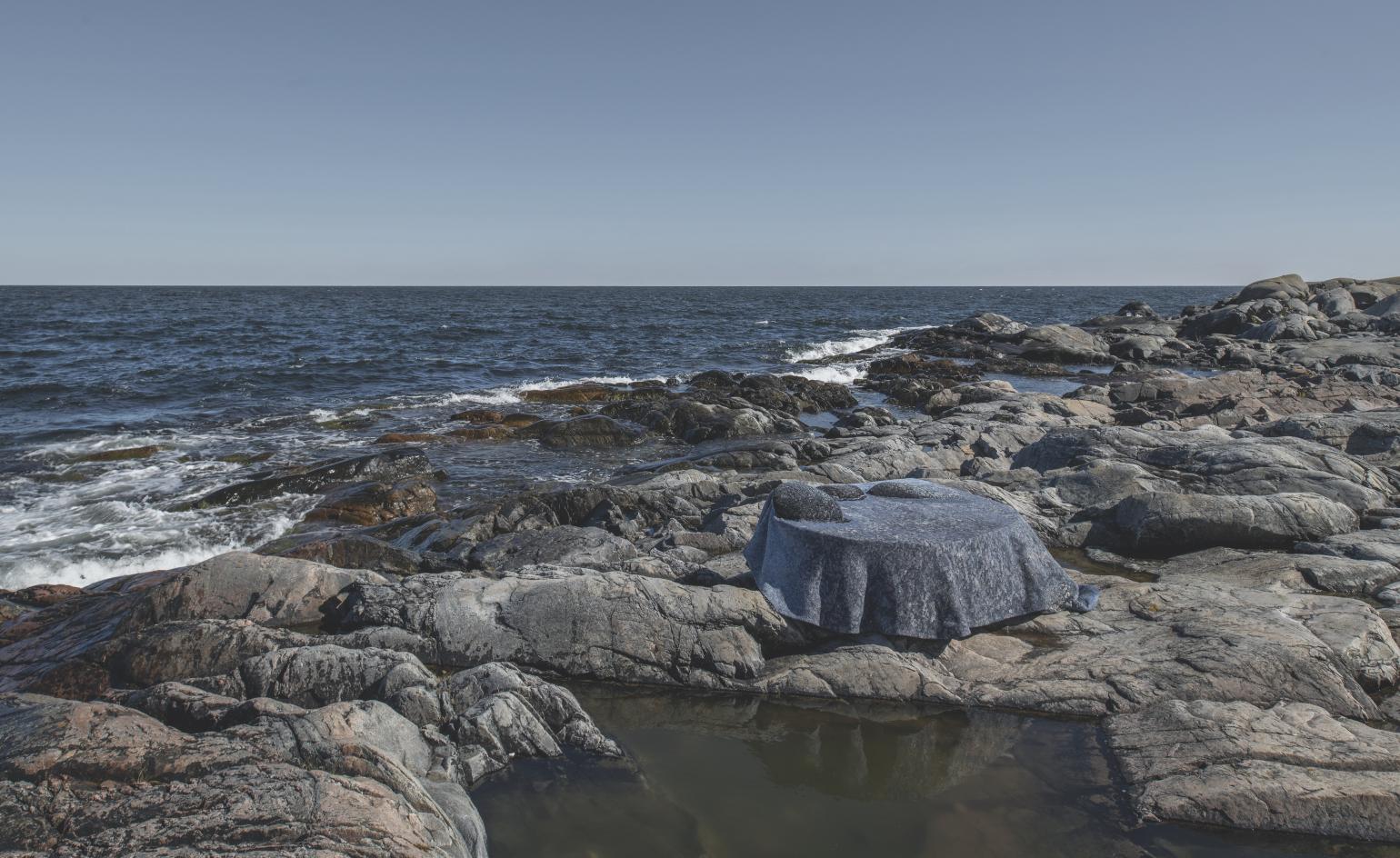
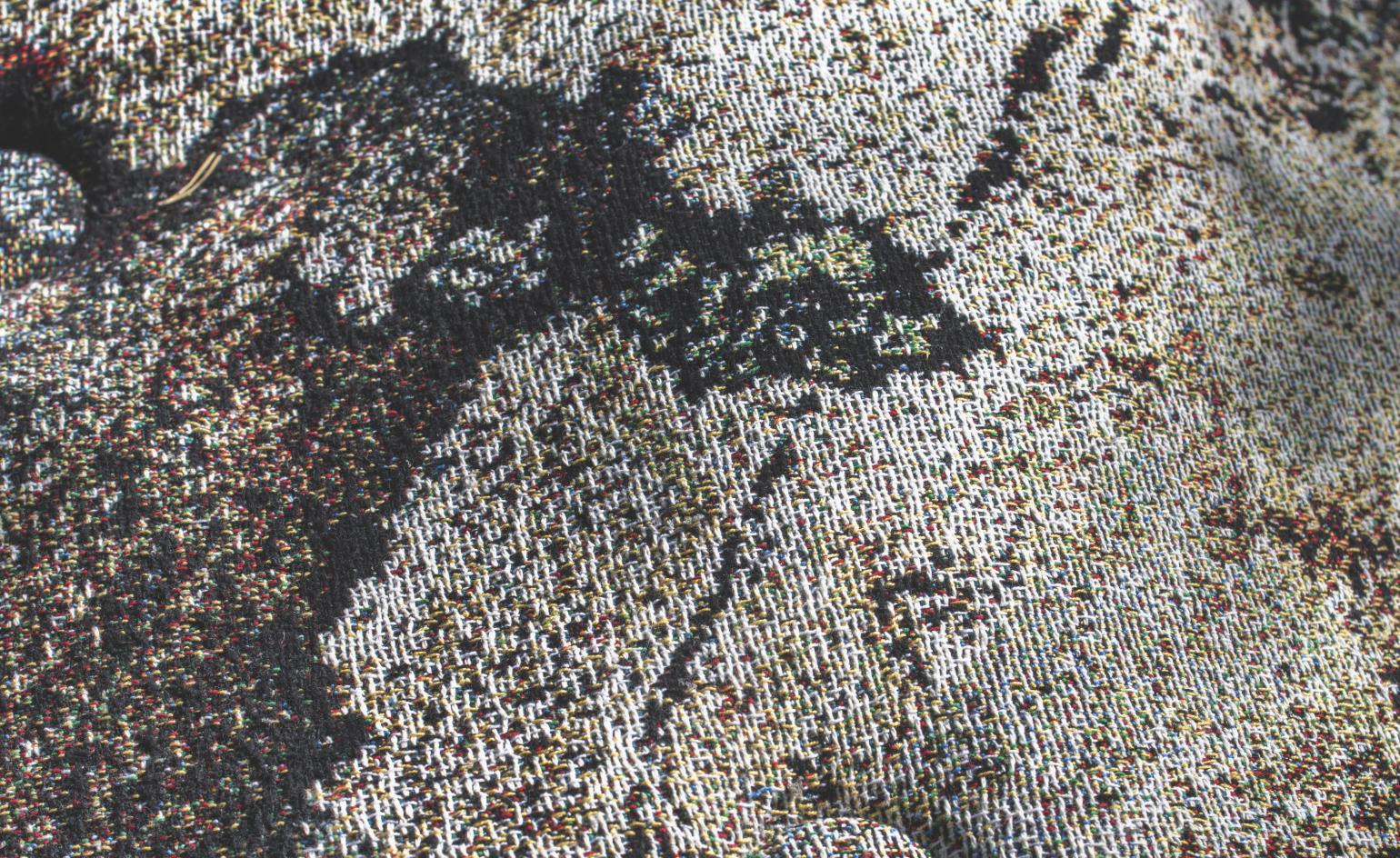
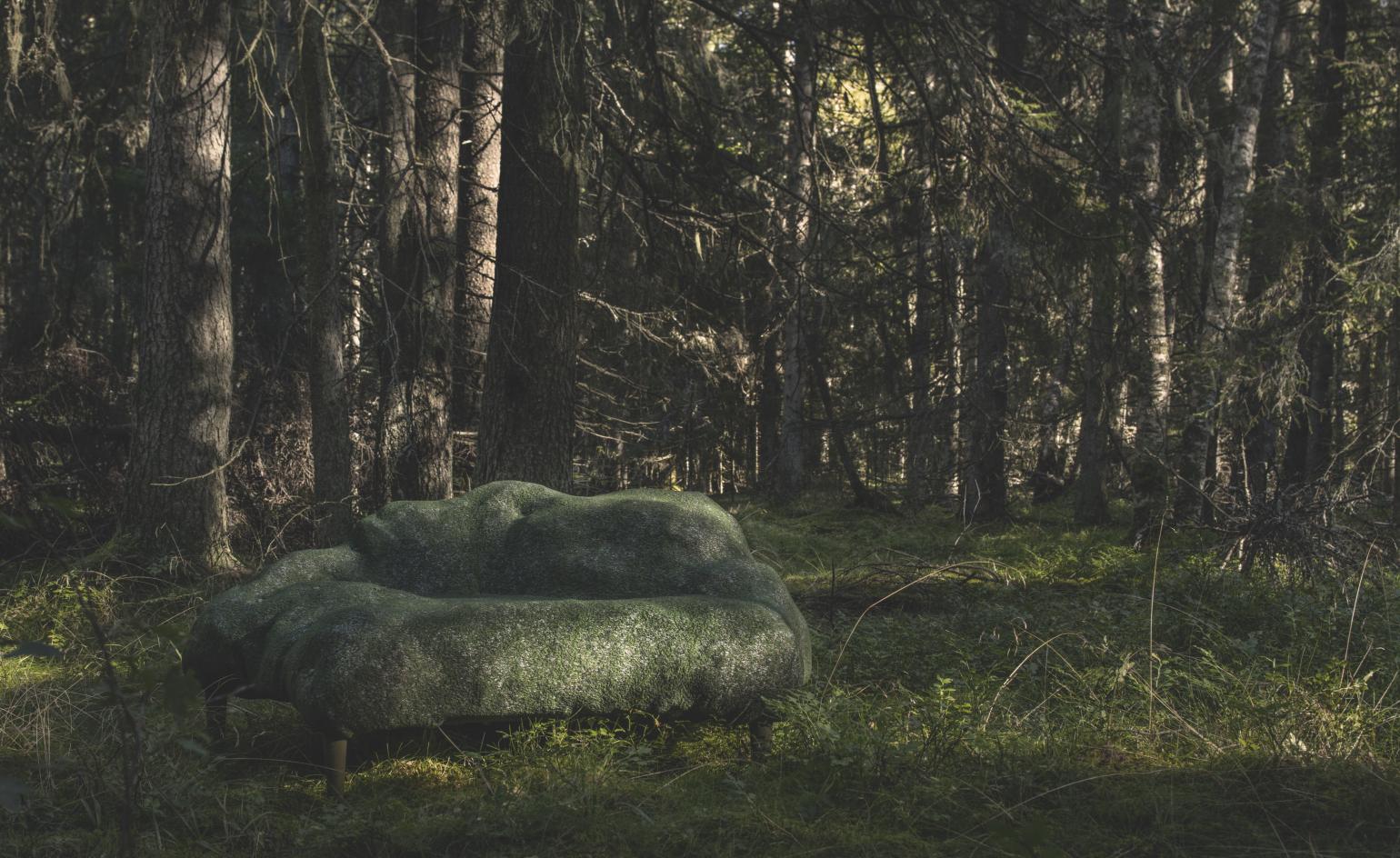
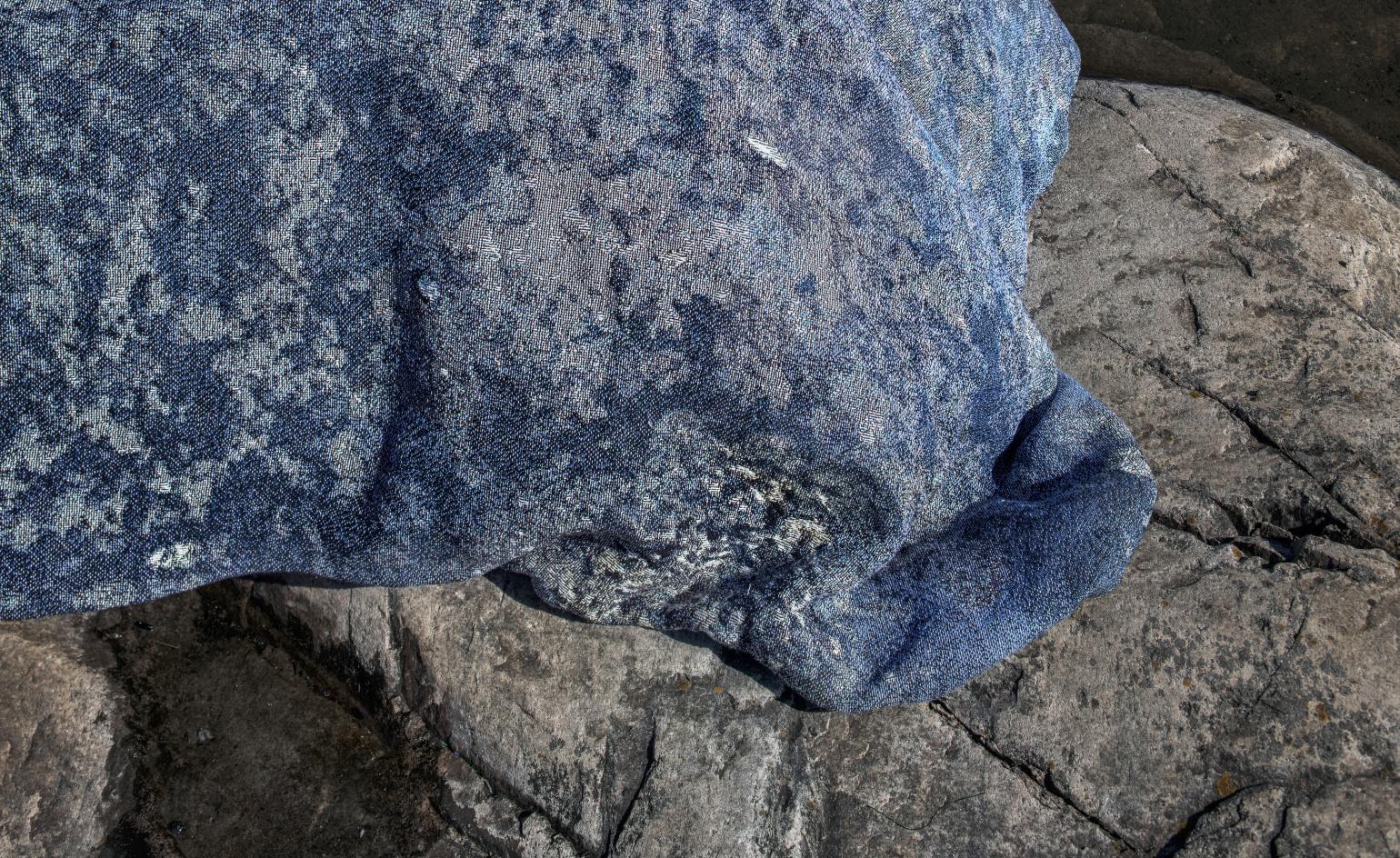
INFORMATION
Rosa Bertoli was born in Udine, Italy, and now lives in London. Since 2014, she has been the Design Editor of Wallpaper*, where she oversees design content for the print and online editions, as well as special editorial projects. Through her role at Wallpaper*, she has written extensively about all areas of design. Rosa has been speaker and moderator for various design talks and conferences including London Craft Week, Maison & Objet, The Italian Cultural Institute (London), Clippings, Zaha Hadid Design, Kartell and Frieze Art Fair. Rosa has been on judging panels for the Chart Architecture Award, the Dutch Design Awards and the DesignGuild Marks. She has written for numerous English and Italian language publications, and worked as a content and communication consultant for fashion and design brands.
-
 Put these emerging artists on your radar
Put these emerging artists on your radarThis crop of six new talents is poised to shake up the art world. Get to know them now
By Tianna Williams
-
 Dining at Pyrá feels like a Mediterranean kiss on both cheeks
Dining at Pyrá feels like a Mediterranean kiss on both cheeksDesigned by House of Dré, this Lonsdale Road addition dishes up an enticing fusion of Greek and Spanish cooking
By Sofia de la Cruz
-
 Creased, crumpled: S/S 2025 menswear is about clothes that have ‘lived a life’
Creased, crumpled: S/S 2025 menswear is about clothes that have ‘lived a life’The S/S 2025 menswear collections see designers embrace the creased and the crumpled, conjuring a mood of laidback languor that ran through the season – captured here by photographer Steve Harnacke and stylist Nicola Neri for Wallpaper*
By Jack Moss
-
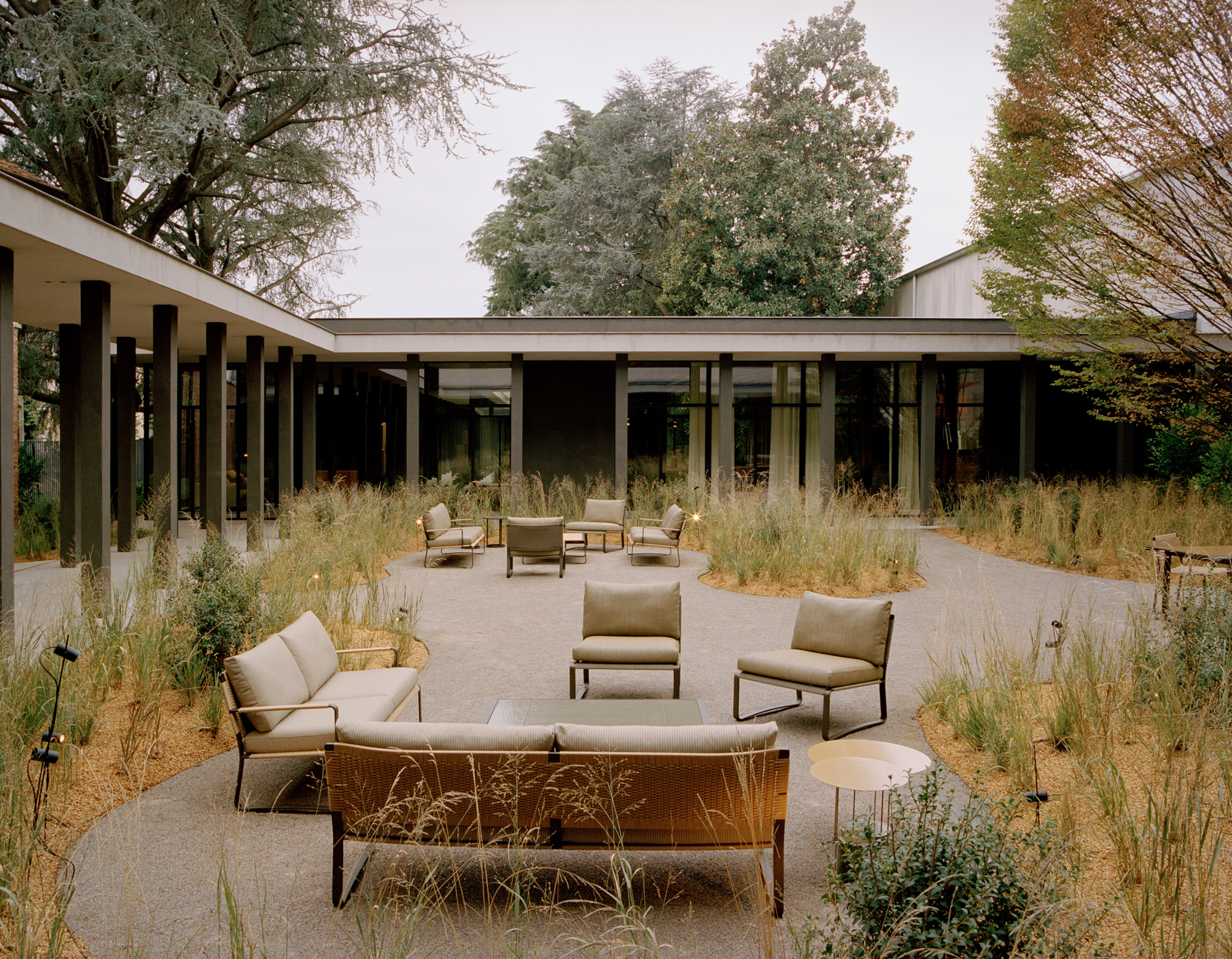 Vincent Van Duysen ‘inspired by modernism’ for Molteni & C’s outdoor furniture debut
Vincent Van Duysen ‘inspired by modernism’ for Molteni & C’s outdoor furniture debutMolteni & C goes alfresco with two new collections and reissued classics, bringing its signature elegance to the great outdoors
By Rosa Bertoli
-
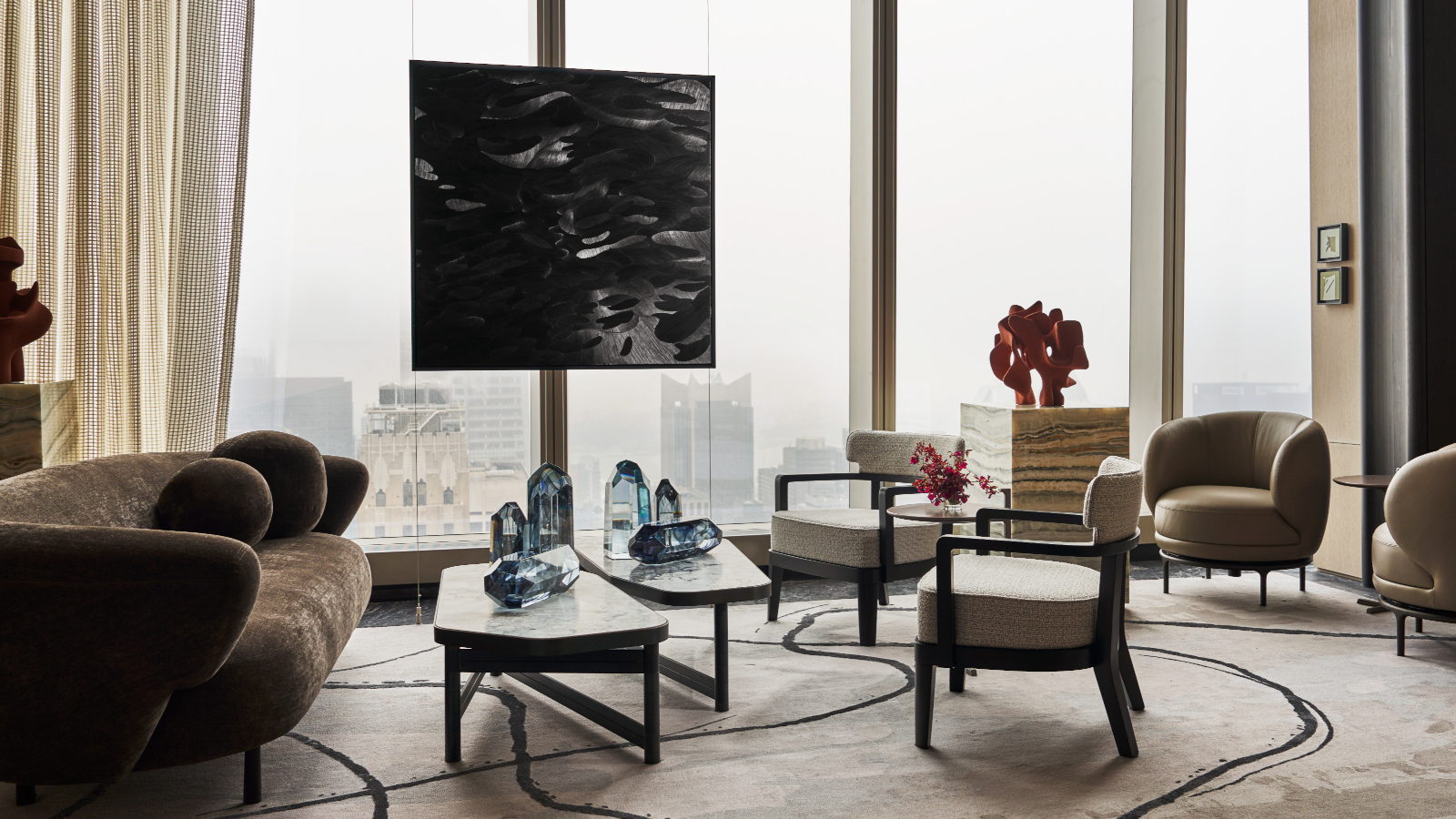 First look inside Centurion New York by Yabu Pushelberg
First look inside Centurion New York by Yabu PushelbergCenturion New York is an expansive new space for American Express’ ‘black card’ members. Its interior designers Yabu Pushelberg give us a tour
By Tilly Macalister-Smith
-
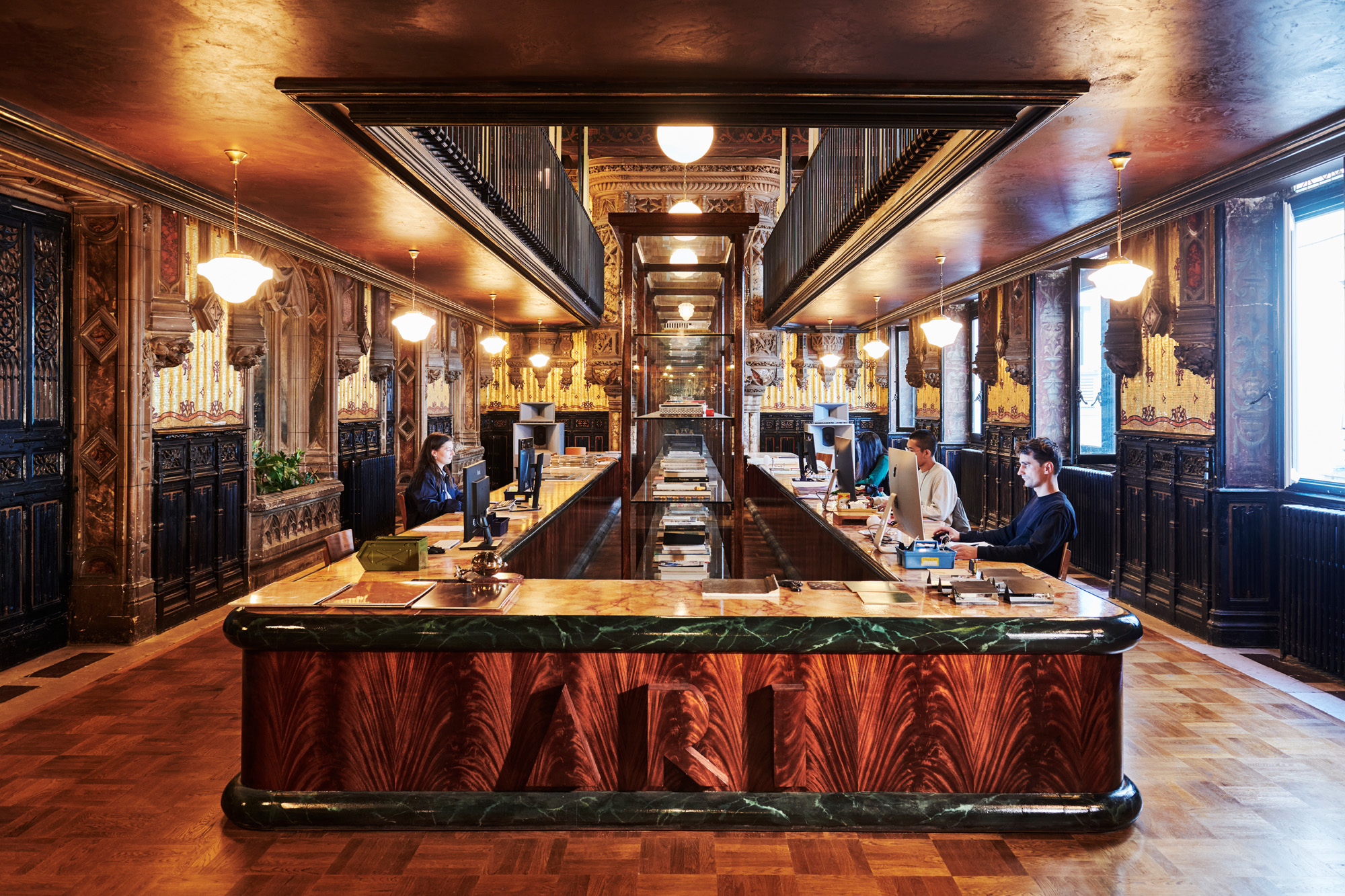 Is this the most beautiful office in the world?
Is this the most beautiful office in the world?Parisian creative agency Art Recherche Industrie’s new HQ translates a 19th-century landmark into a chic open-plan office worth leaving home for
By Rosa Bertoli
-
 Designer James Shaw’s latest creation is a self-built home in east London
Designer James Shaw’s latest creation is a self-built home in east LondonJames Shaw's east London home is Filled with vintage finds and his trademark extruded plastic furniture, a compact self-built marvel
By Rosa Bertoli
-
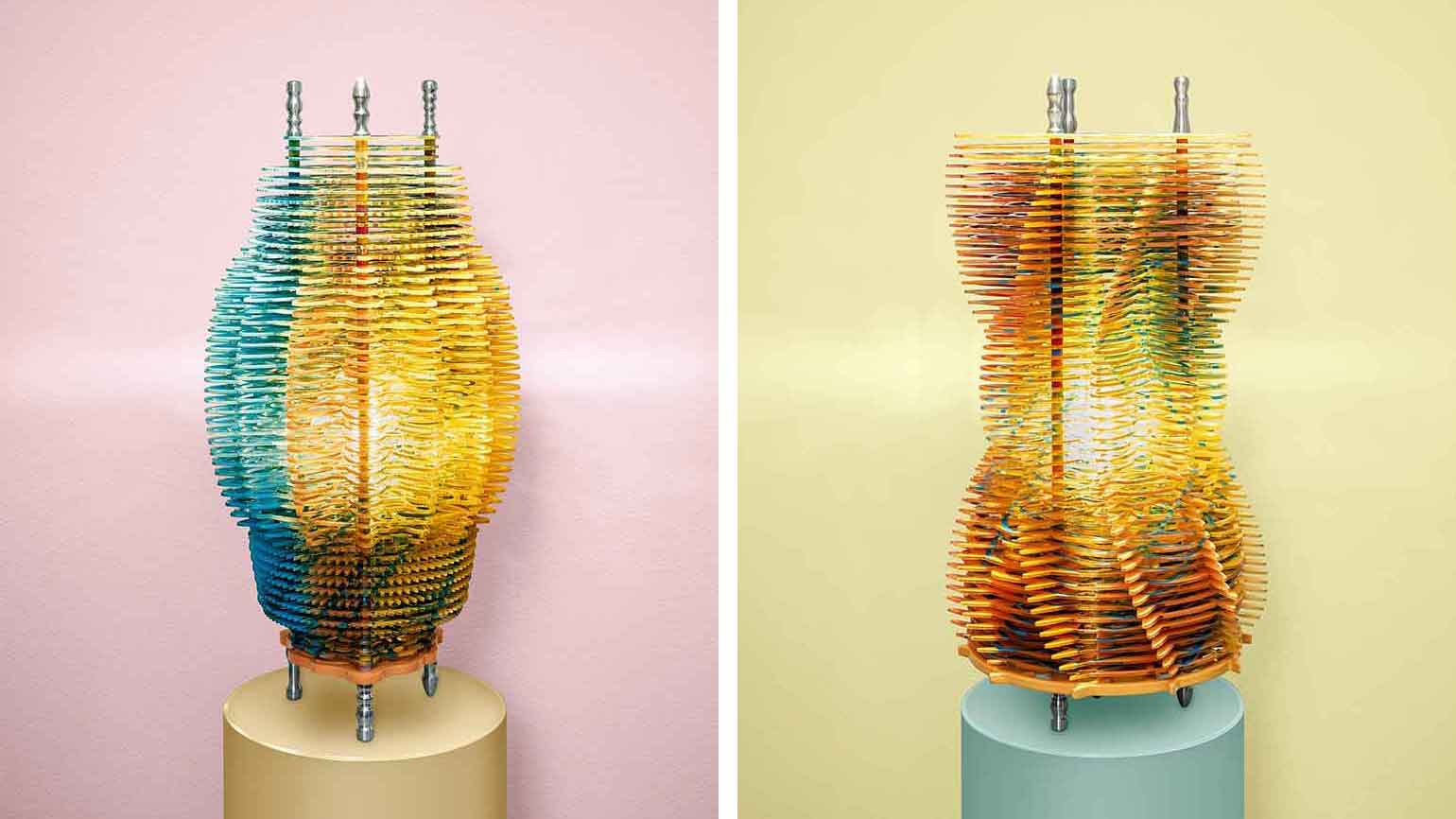 Taschen tantalises with new edition of Jorge Pardo’s ‘Brussels Lamps’
Taschen tantalises with new edition of Jorge Pardo’s ‘Brussels Lamps’German publishing house Taschen launches a limited-edition series of five ‘Brussels Lamps’ by Cuban-American artist Jorge Pardo
By Rosa Bertoli
-
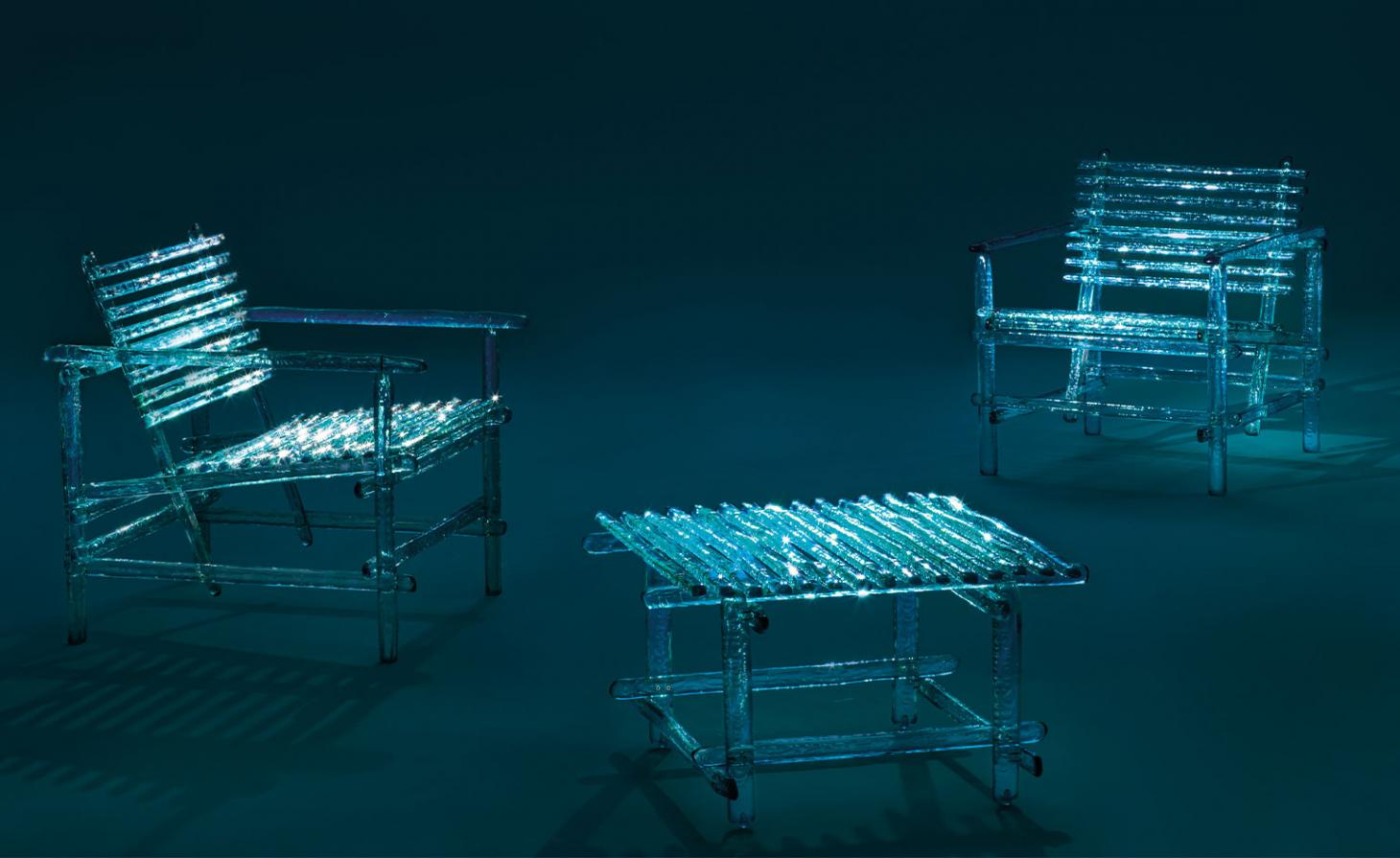 Edra’s outdoor furniture is an ode to the sea
Edra’s outdoor furniture is an ode to the seaDesigned by long-term collaborator Jacopo Foggini, the ‘A’mare’ collection of outdoor furniture mimics shiny water, and was named 'Best Disappearing Act' at the Wallpaper* Design Awards 2023
By Rosa Bertoli
-
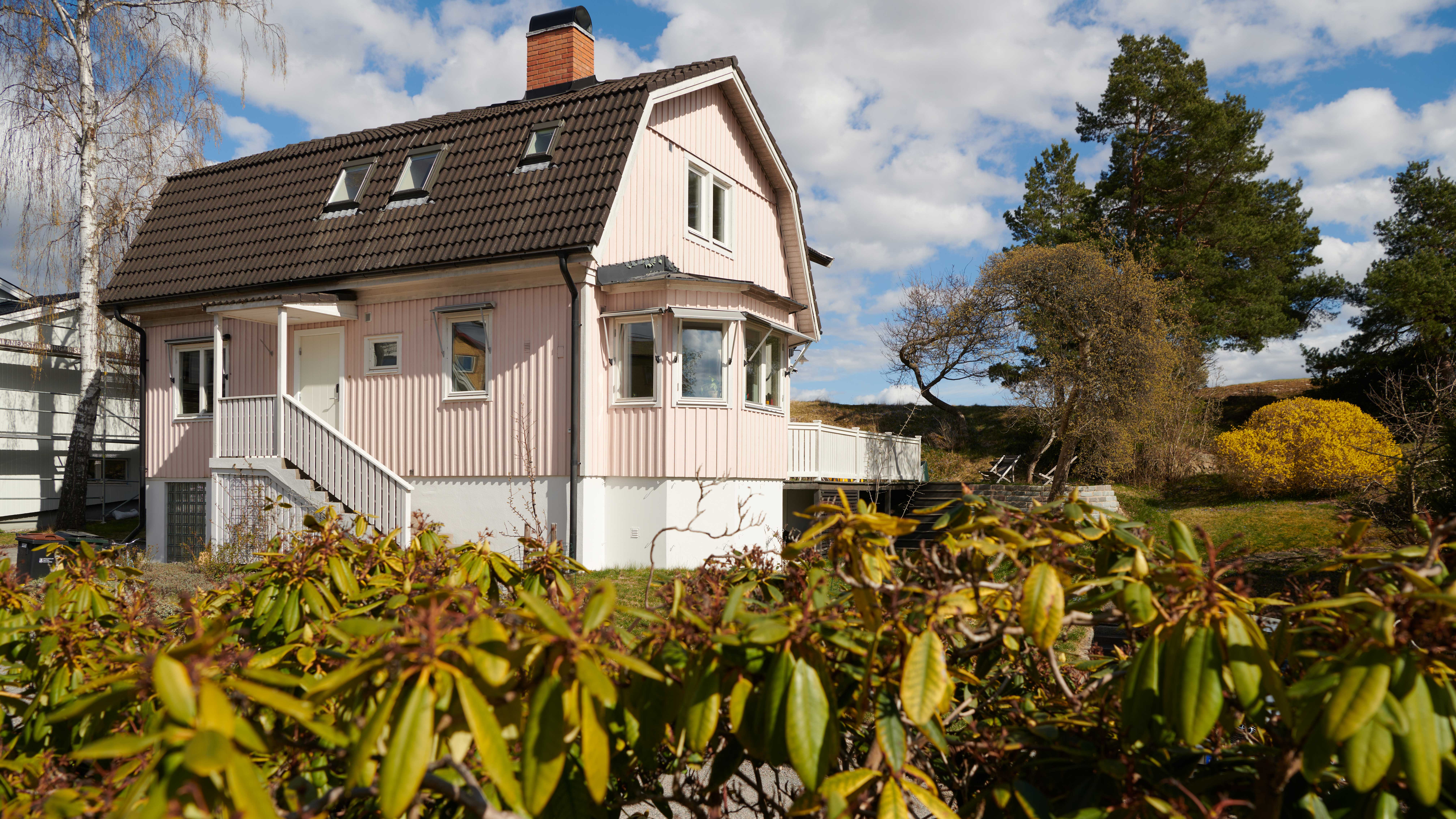 Peep inside Luca Nichetto’s Pink Villa in Stockholm, part studio, part showroom
Peep inside Luca Nichetto’s Pink Villa in Stockholm, part studio, part showroomWelcome to the pink house that is the new Stockholm home to Luca Nichetto's team
By Maria Cristina Didero
-
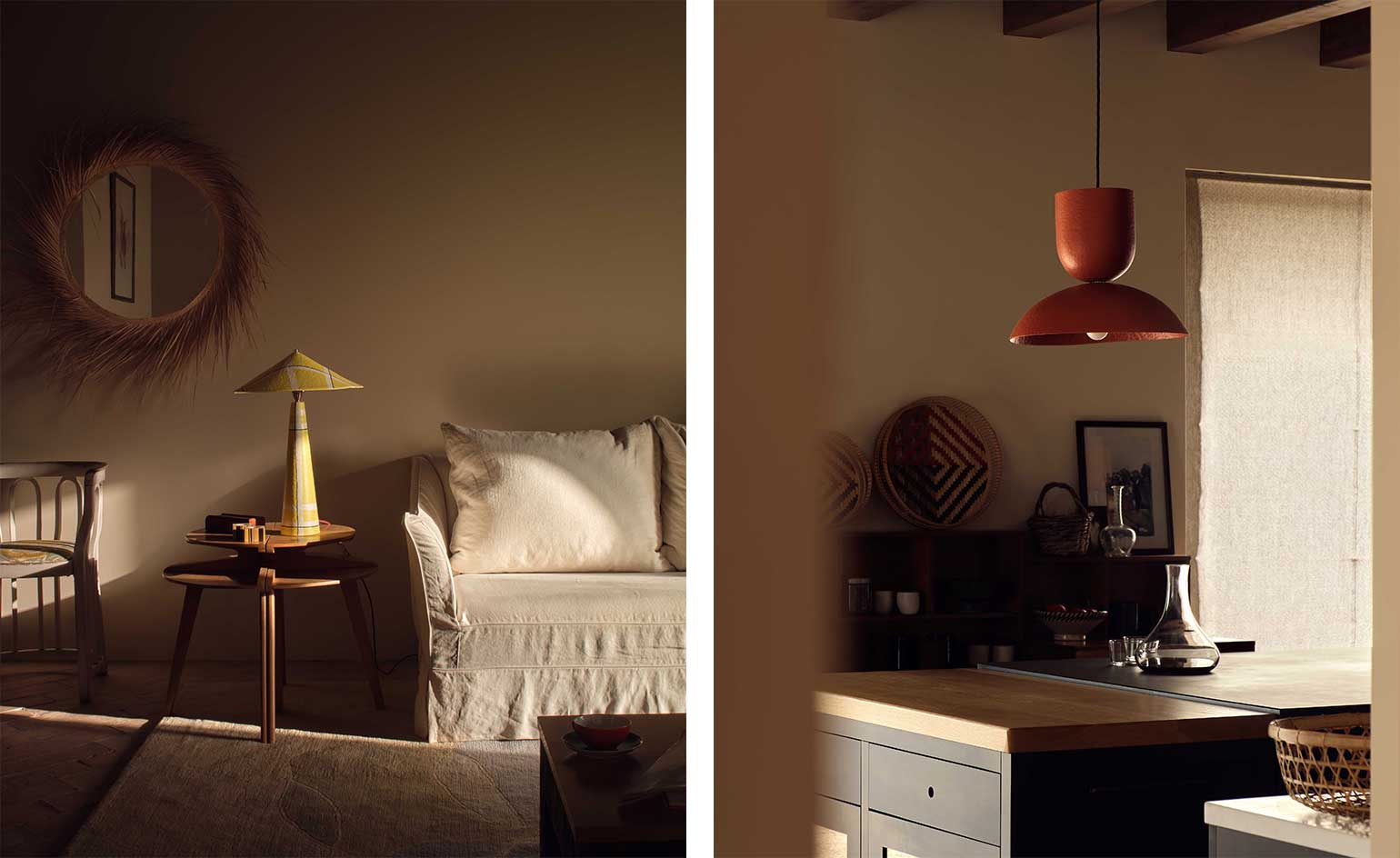 These papier-mâché lamps combine craft with sustainability
These papier-mâché lamps combine craft with sustainabilitySustainability and fine art are the driving inspirations behind ‘resolutely maximalist’ London lighting designer Rowena Morgan-Cox of Palefire
By Tilly Macalister-Smith